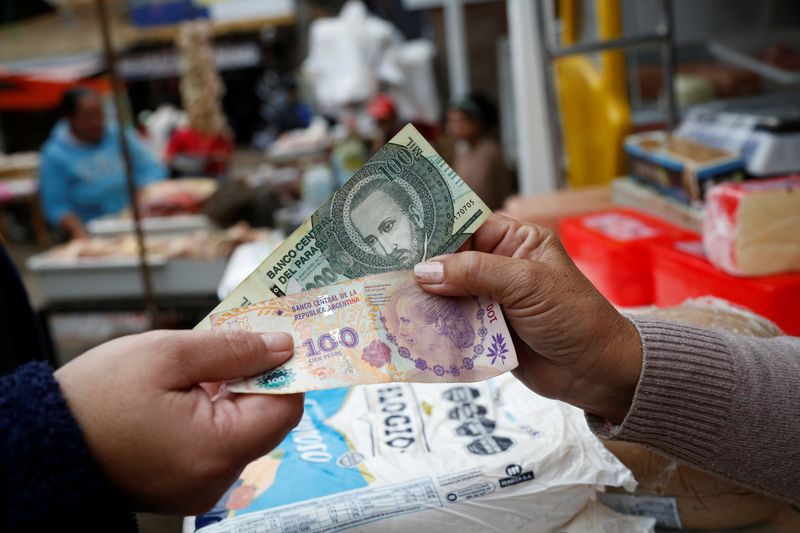SANTIAGO (Reuters) – Economies in Latin America and the Caribbean are expected to grow by 2.4% in 2025, driven by domestic consumption but tempered by a risk of worsening global geopolitical and trade tensions, the United Nations said on Wednesday.
The UN’s Economic Commission for Latin America and the Caribbean (ECLAC) raised the projection from 2.3% in August but said its estimate for the region would maintain a “low growth trajectory.”
The report said private consumption would be the main driver for growth in the region, similar to 2024 but “with a more moderate expansion.”
ECLAC also revised its regional growth forecast for this year to 2.2%, up from 1.8% in August.
Employment is expected to continue to grow slightly in 2025, despite a weak labor force participation rate compared to pre-pandemic levels and persistent gender inequality.
The agency said the main risks to the region’s economies would be intensifying geopolitical and trade tensions that could affect the price of raw materials, as well as complicating shipping routes and transport logistics.
ECLAC projected that gross domestic product (GDP) in Latin America’s largest economy, Brazil, would grow by 2.3% in 2025, while Mexico’s would grow by 1.2%, and Argentina’s is seen growing by 4.3%.
Countries in Latin America and the Caribbean are on a downward trend in inflation, which, combined with monetary easing in the United States, has allowed rate-setters to reduce interest rates in a “heterogeneous and cautious” manner, it said.
ECLAC stressed that the outlook for investment in the coming years remains discouraging amid weak public spending.

“Gross fixed capital formation is expected to continue to contract, which calls into question its role in sustaining medium- and long-term growth in the region’s economies,” the report said.
On the other hand, exports and imports of goods and services are expected to recover in 2025 compared to 2024.



